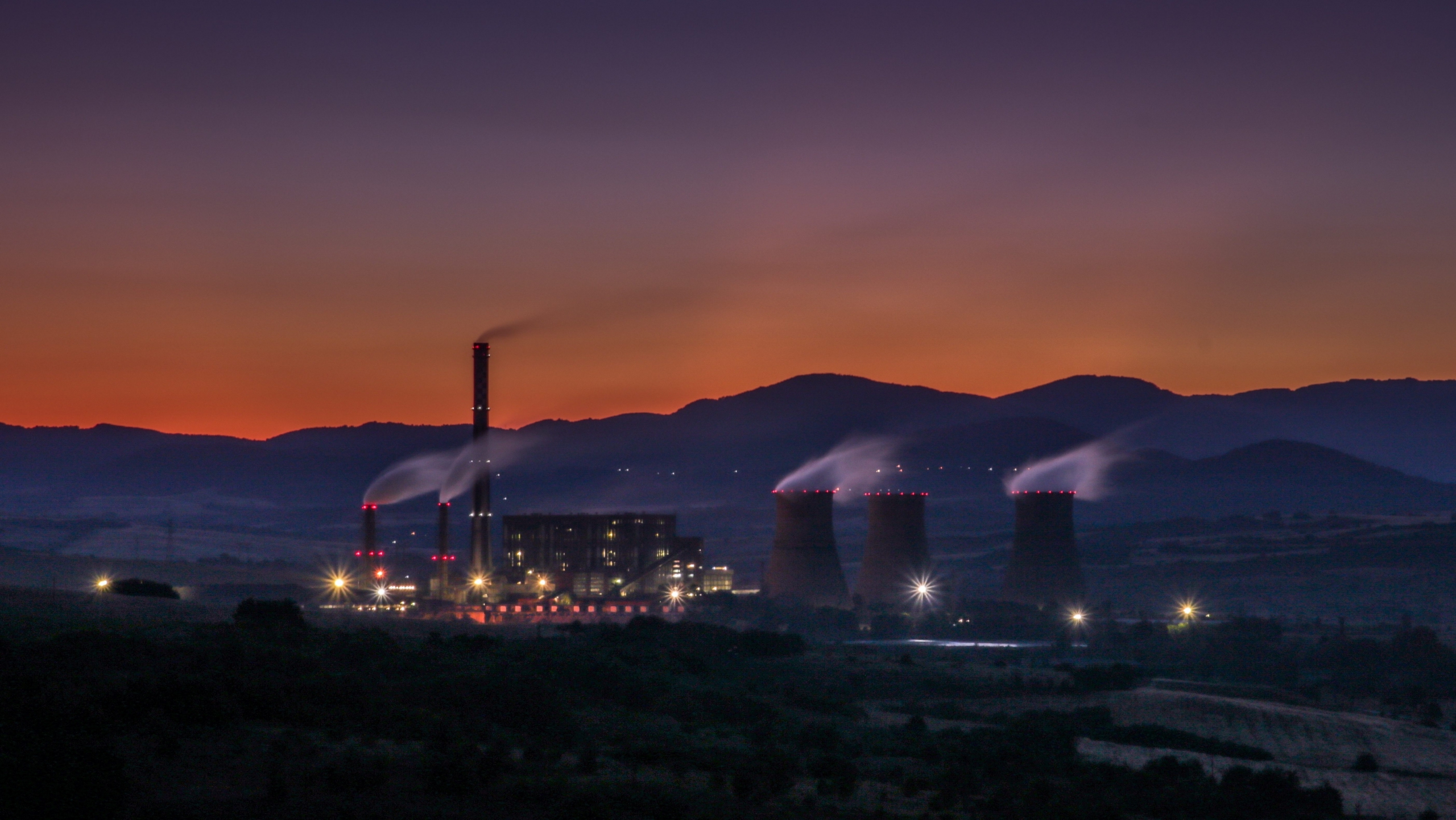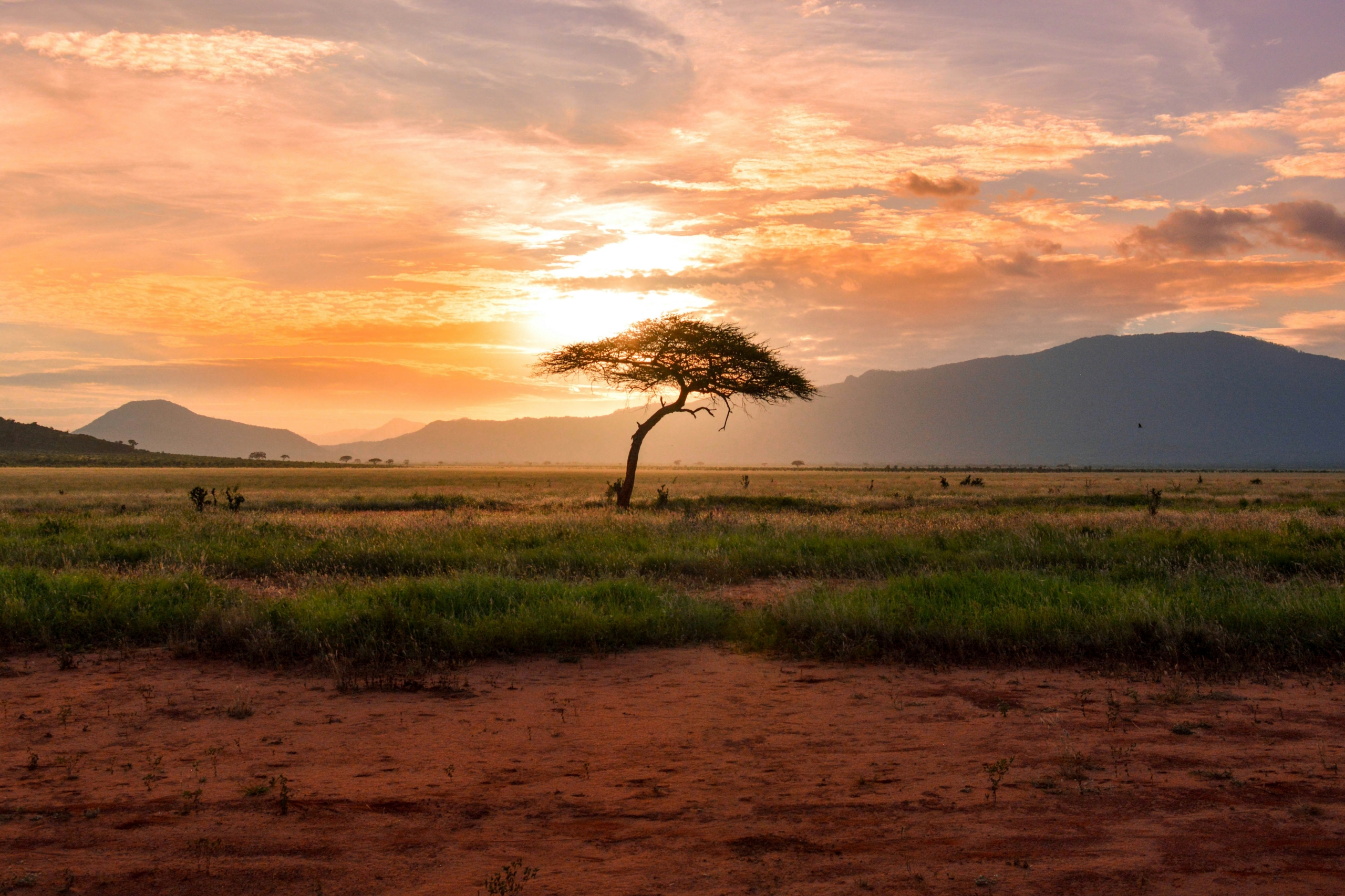Energy security key to development

Kenya’s energy mix has been a widely discussed topic whose common thread is the question whether it is sufficient to meet our transformational agenda.
While some believe the 2,300 megawatts capacity is sufficient for Kenya to achieve economic dominance, others are of the opinion that we have a long way to go in meeting both demand and environmental sustainability goals.
Energy security and planning is guided by the Ministry of Energy and Petroleum, which, through the Least Cost Power Development Plan (LCPDP), assesses the energy demand over a certain period and estimates the country’s future energy needs and sources of energy.
The LCPDP is supported by the Kenya Power Generation and Transmission Master Plan. The latest edition forecasts the electricity peak demand to grow at a high rate — from 1,370MW in 2012 to at least 21,075MW by 2033.
GROWING CONNECTIONS
This is informed by the growing connections into the grid and implementation of flagship projects such as the SGR electrification, Konza City Technopolis and the Lapsset developments.
The document, which is typically updated once every two years, critically looks at the elements of economic growth such as urbanisation, population growth, industrialisation and the rising middle class.
These trends are analysed to establish how they drive consumer spending and needs and, ultimately, how it will influence Kenya’s energy demand.
The Energy Regulatory Commission (ERC) last updated the LCPDP in 2013 for the period 2011-2035.
Energy is a catalyst for economic transformation and a key input to ensuring rapid industrialisation.
MULTIPLIER EFFECT
In a recent survey by Kenya Power, manufacturers said power accounts for 20-30 per cent of their total input costs.
If power was made cheaper and more reliable, the possibility of a multiplier effect across all sectors would be a game changer. There would be an increase of jobs, cheaper goods and robust export market.
Kenya’s energy mix, therefore, needs to be sustainable to guarantee absolute energy security. According to the International Energy Agency, Kenya relies 44 per cent on geothermal, hydro (36), gas and oil (19) and solar and wind (1.4).
Due to climate change, pollution, human encroachment within water towers and diversion of water sources for agricultural use, rivers are quickly becoming seasonal and cannot be relied upon for energy generation.
WEATHER PATTERNS
Energy security cannot be dependent on weather patterns. Renewable energy sources such as wind and solar are necessary in the energy mix and can be used as peaking loads as they are not consistently available to guarantee base load requirements.
Though geothermal has become the leading source of power generation in Kenya, it has a few challenges. For example, the highest risk for geothermal development is the exploration phase for determining the resource and the feasibility studies associated with it.
Secondly, geothermal is generated whether or not there is demand as the steam supply is always there. Even if there’s no electricity demand, consumers would still have to pay for it, making it expensive due to non-use charges.
SOLAR POWER
Let’s also have our facts right about wind and solar power. Though essential to have in the energy mix, they are reliant on weather patterns — meaning it would be impossible to have power without sufficient wind or solar irradiation.
The capacity factor for a wind power plant is about 50 per cent at most and 20 per cent in the case of solar.
Another important aspect to consider is the cost at which Kenya Power purchases energy from KenGen and independent power producers (IPPs).
The cheapest power generation source in Kenya is hydropower, followed by coal, geothermal, wind, solar, medium-speed diesel (MSD) and high-speed diesel (HSD). It is clear that, in the merit order, Kenya Power will purchase the cheapest power first.
Cost-effective power is a major enabler in meeting the ‘Big Four’ agenda and Vision 2030.
ACCELERATING GROWTH
It has the potential of transforming lives and accelerating growth across multiple sectors. Additionally, consumers now have an opportunity to use affordable and clean energy rather than firewood, which accounts for 70 per cent of total energy use.
Kenya needs an energy mix with all these sources meeting particular needs for the grid. It is for this reason that the envisioned coal power plant is bound to enrich the Kenyan energy mix.
The plant, when optimally operational, will not only increase power generation but also provide a reliable base load power supply.
Martin Macharia is a Strategic Communications Associate Consultant at Africa Practice East Africa with experience supporting various clients in Crisis Management, Media Relations and Litigation Communications and Corporate Communications.
Published by the Daily Nation
Proud to be BCorp. We are part of the global movement for an inclusive, equitable, and regenerative economic system. Learn more


